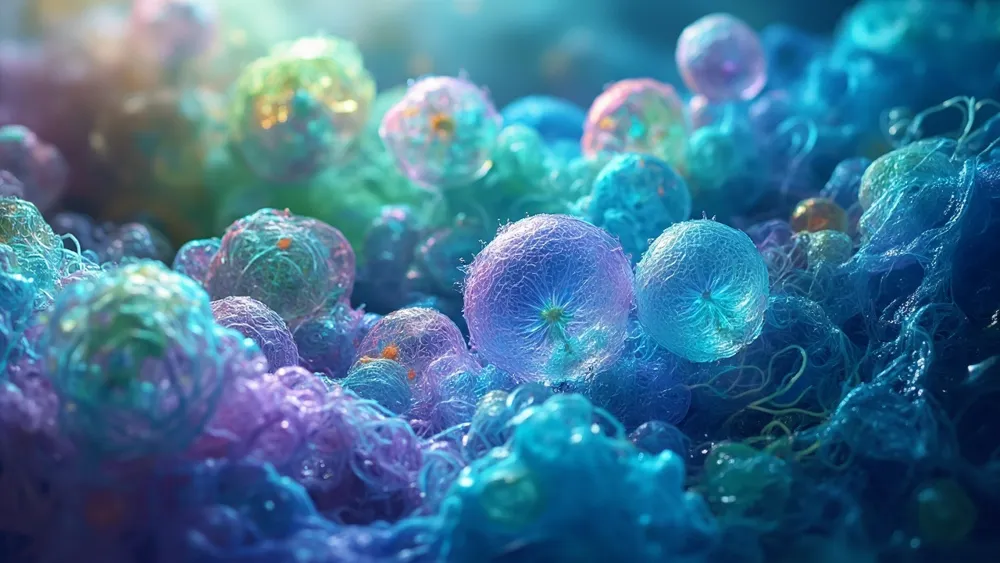Engineered Bacteria: A New Frontier in Cancer Treatment

In the quest for more effective cancer treatments, recent bioengineering innovations are transforming our understanding of how bacteria can be harnessed to combat tumors. This concept is particularly relevant as global health initiatives increasingly focus on developing targeted therapies that minimize side effects while maximizing efficacy. As cancer continues to challenge our healthcare systems worldwide, breakthroughs like engineered bacteria could revolutionize treatment approaches and significantly improve patient outcomes.
Bacterial therapy, also known as oncolytic bacterial therapy, involves the use of engineered bacteria to specifically target and destroy cancer cells. A poignant example can be seen in the recent development of a synthetic strain known as DB1. Researchers have designed DB1 to thrive in low-oxygen tumor environments while rapidly dying off in healthy tissues. This is achieved by genetically modifying the bacteria to respond to specific factors indicative of cancerous growth, essentially allowing them to act as living drugs that adapt to their surroundings. Interestingly, instead of moving toward the tumors through motility, DB1 demonstrated a unique ability to accumulate based on characteristics of the tumor microenvironment itself.
The implications of this remarkable strategy extend beyond just treating existing cancers. For instance, the bacteria's anti-tumor activity has been shown to activate immune responses, specifically triggering immune cells to target cancer cells more effectively. Remarkably, this process involves interactions with interleukin-10 (IL-10), a cytokine that plays a crucial role in regulating immune responses. Such findings not only challenge the assumption that bacteria could pose a direct threat to human health but instead show that, with proper engineering, they can serve as valuable allies in the fight against formidable diseases like cancer.
The discoveries surrounding DB1 and its immunological effects underscore a significant paradigm shift: could the future of medicine lie in clarifying the nuanced roles of living microorganisms in our bodies? As research progresses, support for these innovative methods through clinical trials will be essential to ensure their viability. For anyone curious about the intersection of bioengineering and medicine, this presents an exciting frontier, challenging the assumptions of traditional cancer treatment and paving the way toward harnessing biological processes for therapeutic benefits.
Read These Next

Transforming Waste: 大球盖菇’s Role in Sustainable Farming
This article highlights the innovative use of 大球盖菇 (Giant Puffball Mushroom) in sustainable agriculture by converting waste into valuable resources through an ecological recycling system, addressing critical environmental concerns.

Toyota Launches World's First Hydrogen Sauna Emitting Water Vapor
Toyota's development of the world's first hydrogen sauna presents a significant move toward sustainable wellness technology. This innovation holds the potential to redefine eco-friendly relaxation options, appealing strongly to health-conscious consumers.

UK PM Starmer Urges NVIDIA's Huang to Train More AI Talent
UK Prime Minister calls on NVIDIA CEO for AI talent training initiative, signaling government-industry collaboration to boost workforce development and economic revitalization.
